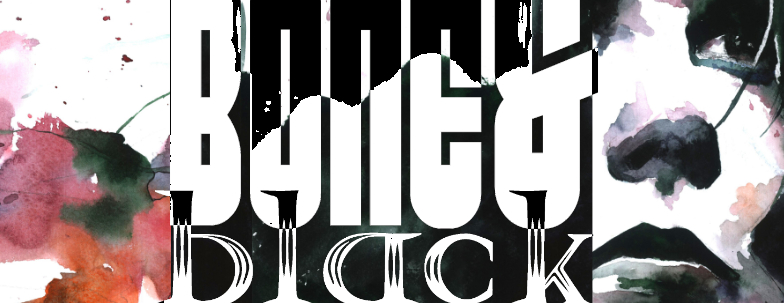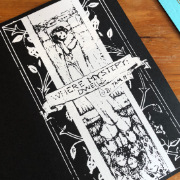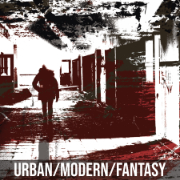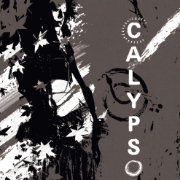Bone & Black

filed under game design and layout on 25 Jul 2021 tagged design, duet, and solo
While this isn’t an RGAME challenge game, Bone & Black was designed and completed over the course of this month. It is largely inspired by the idea of ORE, and of wringing as much information out of a pair of dice as possible. It’s also my love letter to Swords Without Master, shifting roles a bit back towards the traditional division, though not very far! Also represented is the underrated The Bureau. From the itch.io page:
Bone and Black is a simple narrative-facing framework for playing solo and duet sword and sorcery adventures in the style of Norton, Lackey, and Leiber. It uses a cascading series of resolution mechanics to provide richly nuanced resolution and strongly narrative play.
It is designed to create an ongoing experience, interweaving solo, gm-led duet, and gm-less duet play on-demand. It’s especially suited to a play-by-post format, as anyone can simply pick up the reins and continue playing as they wish, whether a formal GM is around or not. A character built for solo can transition straight into a duet game with a declaration by someone they wish to GM, returning to solo or a gm-less duet just as easily.
It features three levels of conflict, based on three aspects: is a situation meaningful, dangerous and interesting? The first and last are determined largely by the rolling player, the middle usually by the gm when there is one. Fiat (“just declare what happens!”) is used when both parties (or one, if playing solo) determine a situation meets none of the criteria. The oracle is consulted if one or two are established. “Rolling the bones” is used when all three are, and “engaging in conflict” is a specialized version of rolling the bones useful when two parties are directly opposed and one or both need to be emulated.
“Engaging in conflict” is also a sneaky system-agnostic monster emulator, easy to memorize, that uses a single 2d6 roll to decide what the monster (or the character you’re emulating) does, and then carry through to the outcome.
There is also a tidy pool-based framework for directing the story built-in, on a character level, and a series of lists you build in play that steer the story from episode to episode, weaving a main plot with the strongly episodic format of the source material. It also comes with all the tables needed to support the kind of sword & sorcery experience I want.
Everything in this game is built to ask you “but what will it cost?”, not “can you do it?”.
My favorite part of it, hands down, has to be the character generation process; a close second is the way the things you choose to give names, in character generation and in play, steer the story. An example of the former is forthcoming in the morning!


